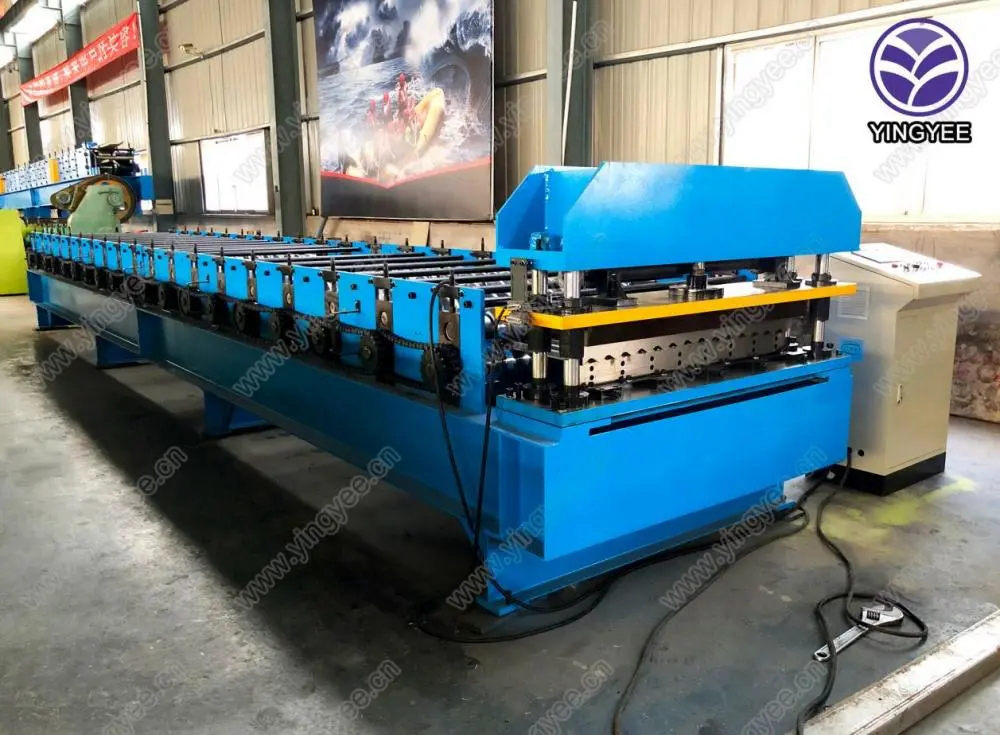
Understanding Welded ERW Tube Mills A Comprehensive Overview
Welded Electric Resistance Welded (ERW) tube mills play a pivotal role in the manufacturing of high-quality steel tubes and pipes. These mills utilize advanced technology to produce tubes through the process of welding flat steel strips into cylindrical shapes. The significance of ERW tube mills extends beyond the manufacturing sector; they cater to various industries including construction, automotive, and energy, making them indispensable in modern infrastructures.
The Process of ERW Tube Manufacturing
The ERW tube manufacturing process begins with the careful selection of high-quality flat steel strips, which are fed into the tube mill. The first step involves the slitting of these strips into narrower widths depending on the desired tube size. Once the strips are prepped, they are passed through forming rollers that gradually shape them into a cylindrical profile. Here, precise engineering is crucial, as any mishaps can lead to defective products.
As the edges of the strip come together, they undergo the resistance welding process. This involves the application of electrical resistance heats to the edges until they reach a molten state, allowing them to fuse together. This uninterrupted welding process is a significant advantage of ERW tube mills, as it results in high-speed production rates and low operational costs.
Advantages of ERW Tubes

ERW tubes have numerous advantages over their counterparts. One of the significant benefits lies in their cost-effectiveness. The continuous nature of the manufacturing process allows for mass production, reducing the overall costs associated with production. Additionally, the welds formed in ERW tubes exhibit high tensile strength and uniformity, enhancing the durability of the final products. This strength is particularly advantageous in applications where high pressure is involved, such as in oil and gas transmission lines.
Moreover, the versatility of ERW tubes cannot be overstated. They are available in various sizes, wall thicknesses, and finishes, making them suitable for a broad range of applications. Whether it is structural piping or innovative automotive components, ERW tubes offer flexibility that meets diverse project requirements.
Environmental Considerations
Modern ERW tube mills also consider environmental sustainability. Through advancements in technology, manufacturers have adopted practices that minimize waste and optimize energy usage. The ability to recycle scrap steel from the production process not only conserves resources but also contributes to a greener manufacturing environment. There is a growing emphasis on sustainable practices, ensuring that industries are less dependent on raw materials and reduce their carbon footprint.
Conclusion
In summary, welded ERW tube mills represent a cornerstone in the manufacturing of steel tubes and pipes, with their unparalleled efficiency, cost-effectiveness, and versatility. As industries continue to evolve, the demand for strong and reliable tubes will only increase. Manufacturers must keep innovating and integrating modern technologies to enhance production capabilities and sustainability measures. The future of welded ERW tube mills looks promising, poised to contribute significantly to various sectors while adhering to environmentally responsible practices. Understanding the intricacies of this manufacturing process provides valuable insight into its impact on many essential industries, ensuring infrastructures are built on a foundation of quality and durability.